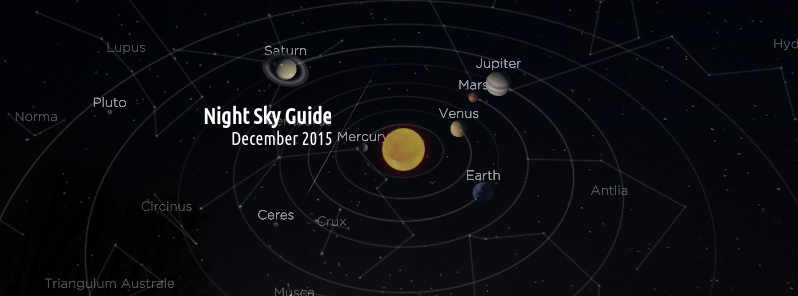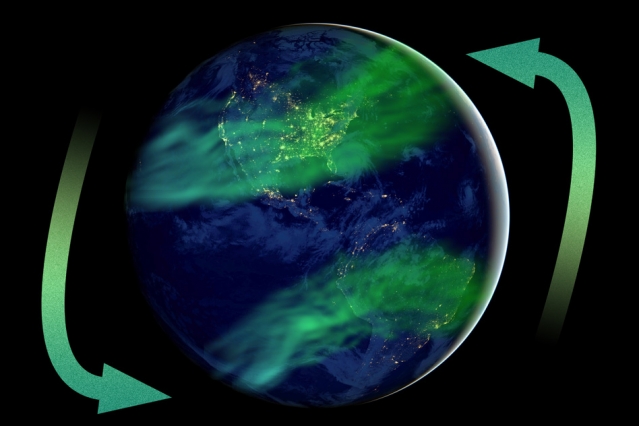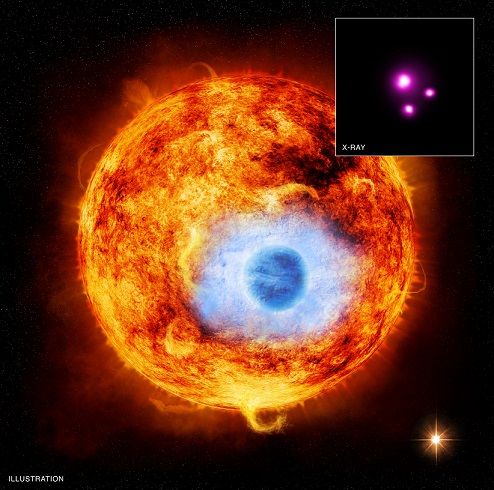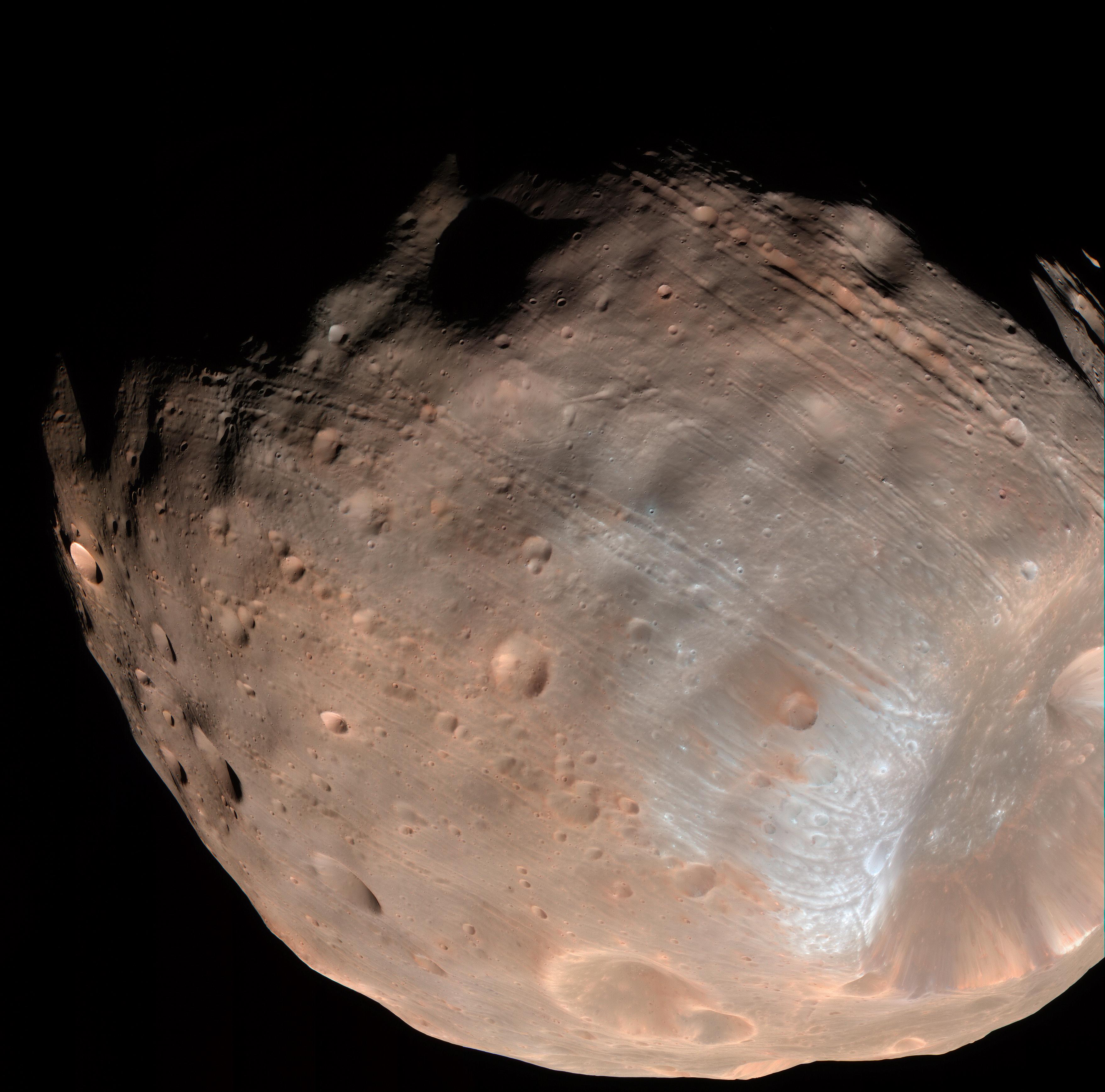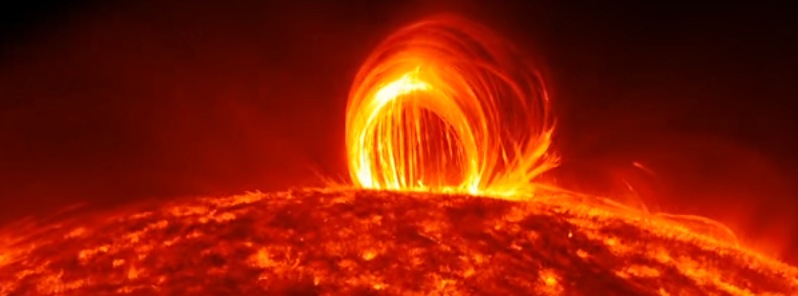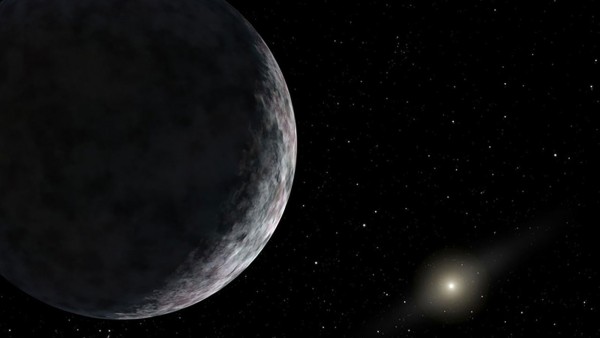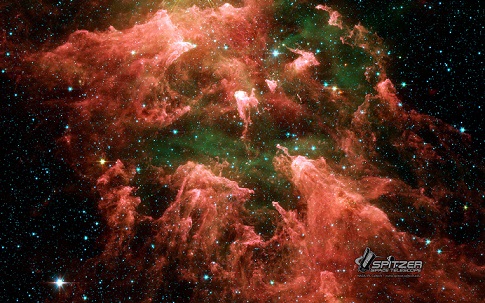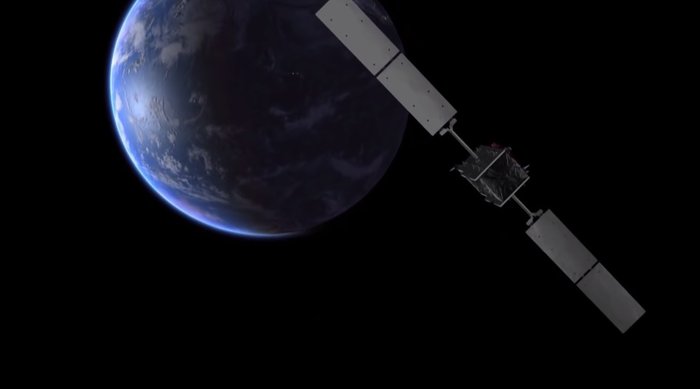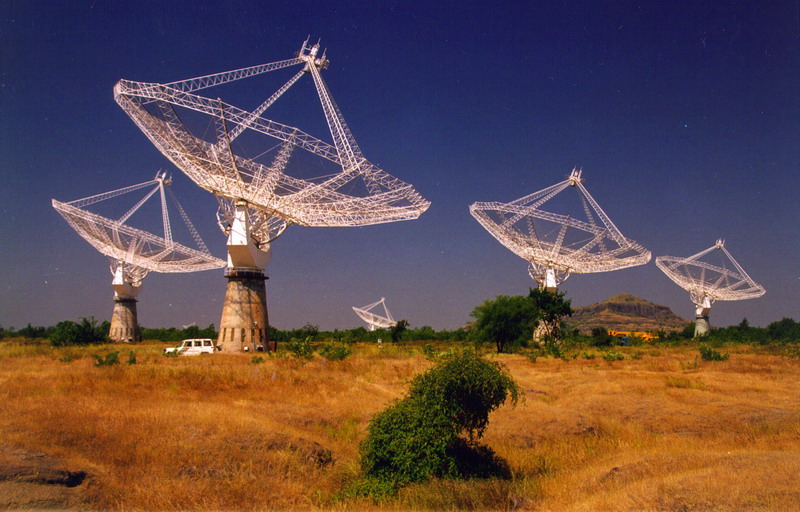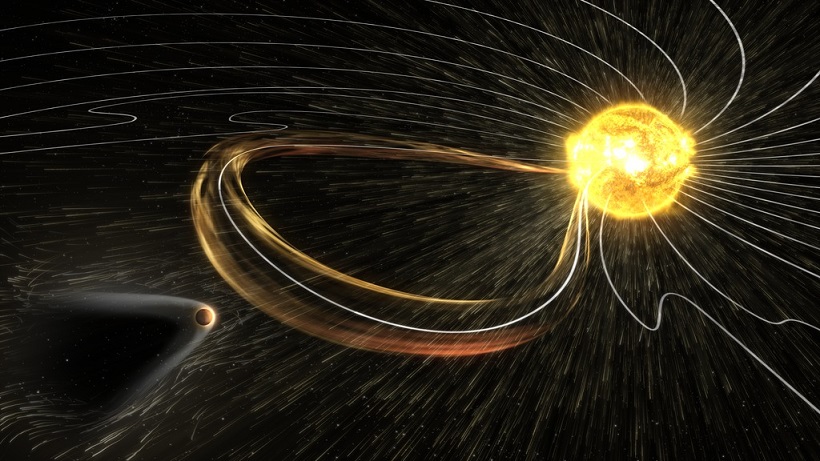Spotlight
Night sky guide for December 2015
Tuesday, December 1, 2015
Scientists allay fears of Geomagnetic Pole Shift in the near…
Tuesday, November 24, 2015
Astronomers create the first weather map of a giant Jupiter-like…
Wednesday, November 18, 2015
Annual Leonid meteor shower peaks this week
Monday, November 16, 2015
Mars’ moon Phobos is slowly disintegrating
Saturday, November 14, 2015
New coronagraph design to be tested in an upcoming CubeSat…
Saturday, November 14, 2015
Astronomers discover the farthest planetoid in the Solar System
Thursday, November 12, 2015
Study of gamma ray burst may change our understanding of…
Thursday, November 12, 2015
Galileo satellites to begin testing Einstein’s General Theory of Relativity
Tuesday, November 10, 2015
Indian astronomers detect a gigantic radio galaxy, one of the…
Tuesday, November 10, 2015
MAVEN data reveals solar wind emptied Mars’ atmosphere, left behind…
Friday, November 6, 2015
China to enter ‘big league’ with the launch of 4…
Friday, November 6, 2015
Latest articles
From the same category
Most read
M6.2 earthquake hits Guatemala at intermediate depth
July 21, 2024
Iwo-Jima volcano enters new eruptive period, Japan
July 21, 2024
Large rockfall in Du’an, Hadhramaut, eastern Yemen
July 18, 2024
Subscribe to our newsletter
Use the form below to have our daily news roundup delivered to your inbox every day at midnight UTC.
The newsletter is free and you can unsubscribe anytime.
Thank you!
You have successfully joined our subscriber list.

